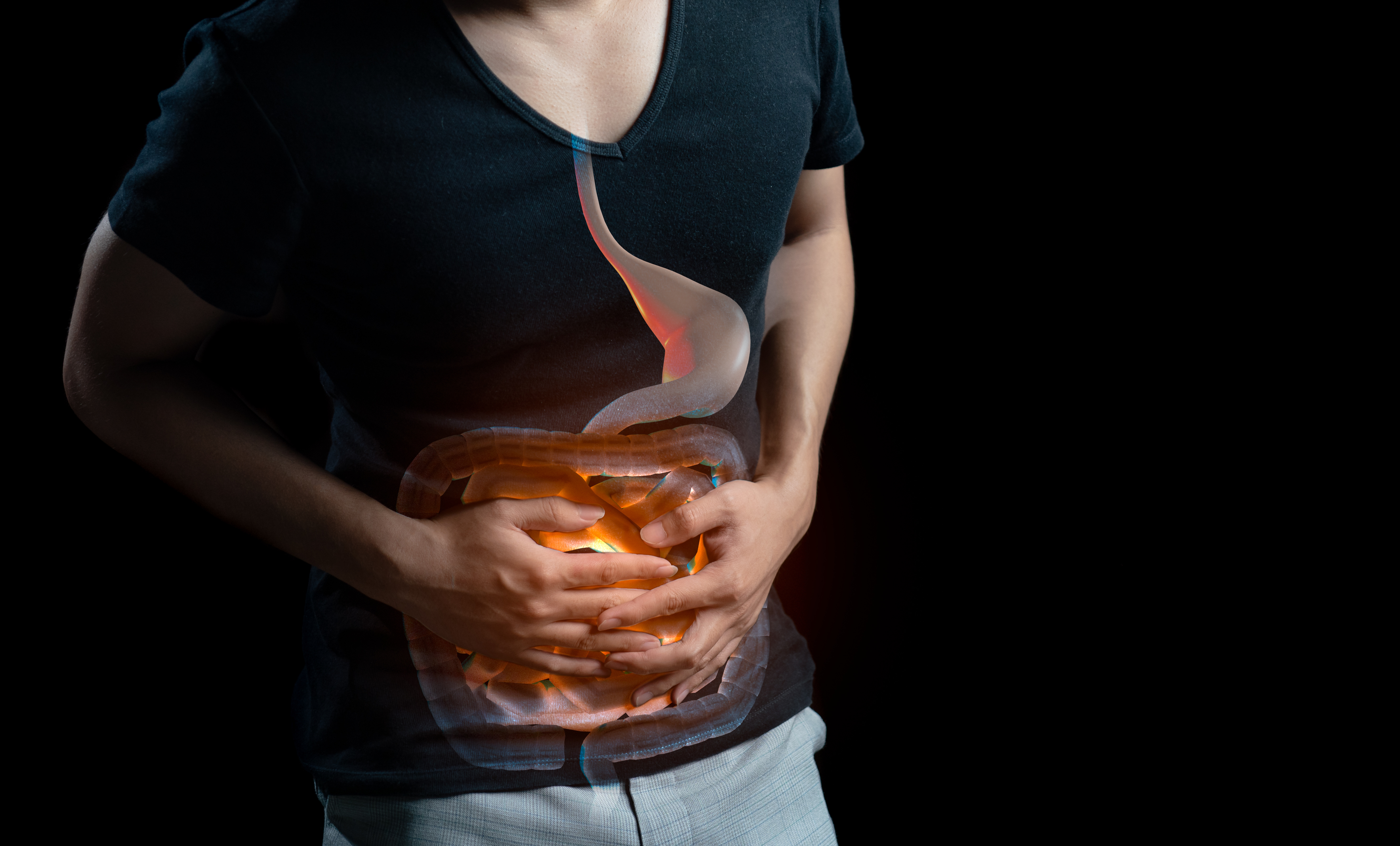Pelvic inflammatory disease (PID) is a common disease in women, which is an inflammation that occurs when pathogens invade the uterus, fallopian tubes, ovaries, connective tissue around the uterus, and pelvic peritoneum. When the inflammation is limited to the fallopian tubes and ovaries, it is called adnexitis.
PID can be divided into acute and chronic types, as well as general purulent bacterial infection and tuberculosis infection. Usually, pelvic inflammatory disease refers to inflammation caused by general purulent bacterial infection. Chronic pelvic inflammatory disease is often caused by incomplete treatment of acute inflammation or weak constitution of patients, leading to prolonged illness.
Patients with chronic pelvic inflammatory disease often have mild and intermittent lower abdominal pain, or lower abdominal distension or dragging sensation of varying degrees. The pain may worsen before menstruation, after exertion, or after sexual intercourse. It is often accompanied by a feeling of pelvic heaviness during defecation, increased vaginal discharge, back pain, menstrual disorders, and can also cause ectopic pregnancy or infertility due to fallopian tube adhesions.












